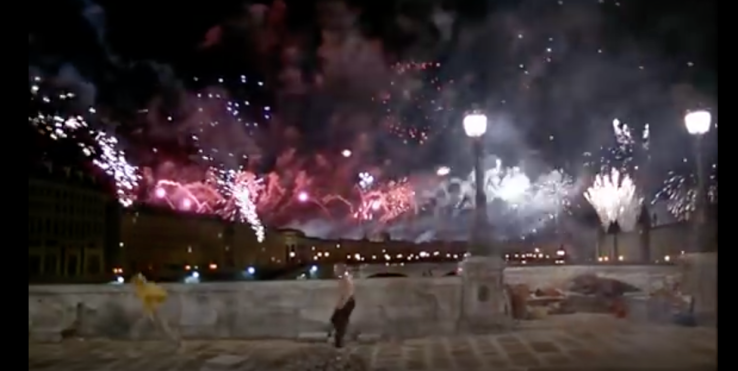Background:
French cinema that describes visual styles- or “le look”- and emphasizes image, color, and youth. This type of style was mocked as the embracement of consumer culture and advertising over intellectual depth and art. Funny enough, this was because Besson and Bienex both worked in advertising before producing films. Critics always argued that in “look” films, the characters were portrayed simply as objects and were not shown as complex individuals. The directors of this time argued, saying that their alienated characters represented the actual youth of France at this time. Themes that were similar for this tradition included doomed love affairs, young people with peer groups rather than families, a cynical view of the police, and the use of the Paris Métro to symbolize an alternative, underground society.
Key Filmmakers and their Films:
Jean-Jacques Beineix:
- Diva (1981)- This screenshot from the film clearly represents the use of the Metro underground tunnels that these French filmmakers commonly liked to use throughout their movies.

- Betty Blue (1986)- I chose this scene below to represent the “doomed love affairs” theme that seemed to scatter throughout Cinema du Look. This movie is your classic youth vs world, and it seemed a little similar to Bonnie and Clyde while I watched the trailer.

Luc Besson
- Subway (1985)- This is a screenshot from a party scene towards the beginning of the film. I think it really emphasizes the “look” that filmmakers in Cinema du Look were trying to go for. Personalized style and colors, as well as the close-up camera angles. It causes for the audience’s eyes to pan the entire screen, catching different colors and movement.

- The Big Blue (1988)- I chose this shot because it shows the individuality of Cinema du Look. Besson was very creative, as you can see below, the main character’s roof turned into the ocean and he is reaching up to touch it. Besson really creates the thematic idea of youth and wishfulness.

- Nikita (1990)- This shot represents another example of “doomed love affairs”. This movie has romance, action, and it is a bit comical too. Besson shows the life of the youth in France at this time, and the similar clashing themes of love and violence appear consistently.

Leos Carax
- Mauvais Sang (1986)- This scene was my favorite out of this entire list. I love how Carax used music to guide his character. This gives his film a unique style that he used to portray the youth in this film.

- Les Amanrs du Pont-Neuf (1991)- This scene really emphasizes youth and the carefree attitude of them during this time. Carax also uses color in the hundreds of fireworks that go off at the same time to create a visually-attractive scene.

All of these films were unique in their own ways and I think that was the point of creating in “Cinema du Look”. Everything has it’s own style and its own “look”.






